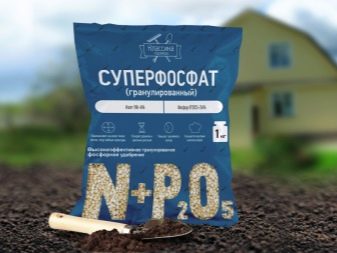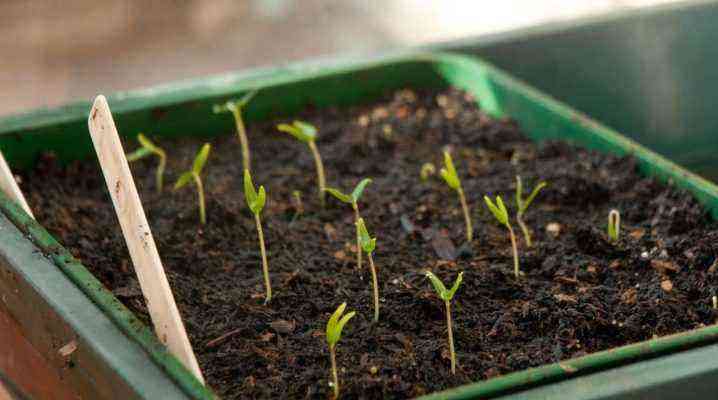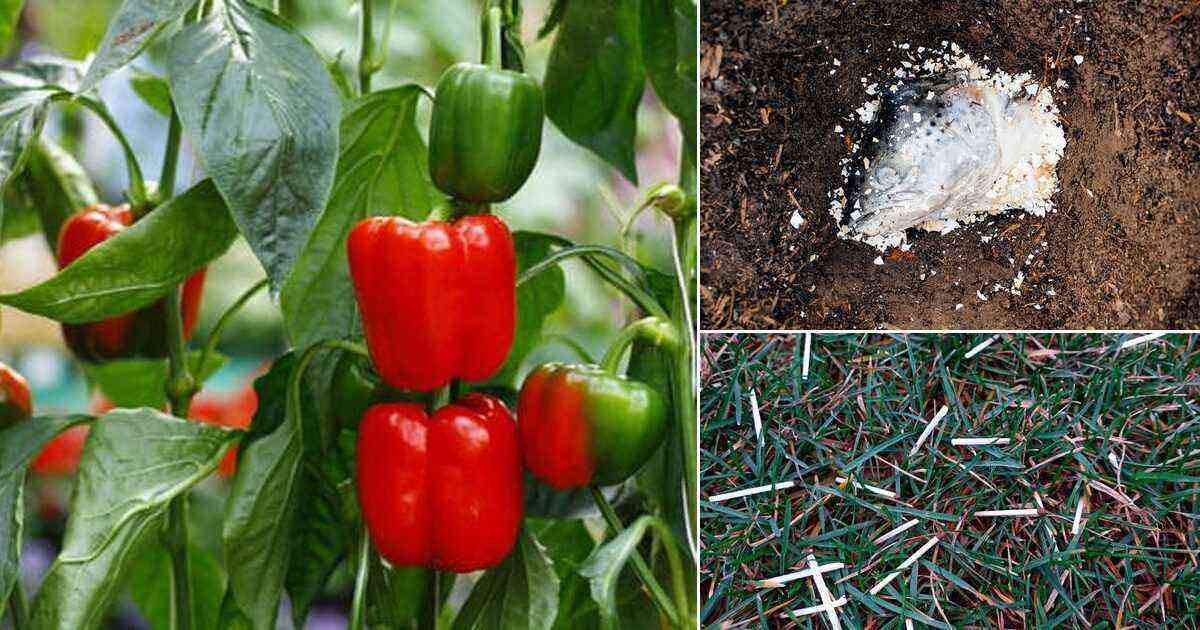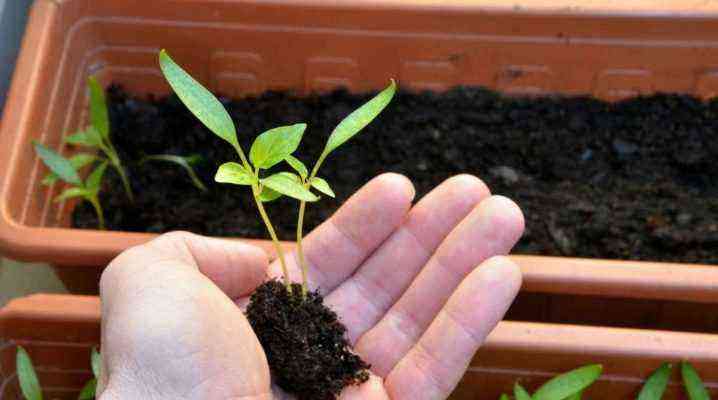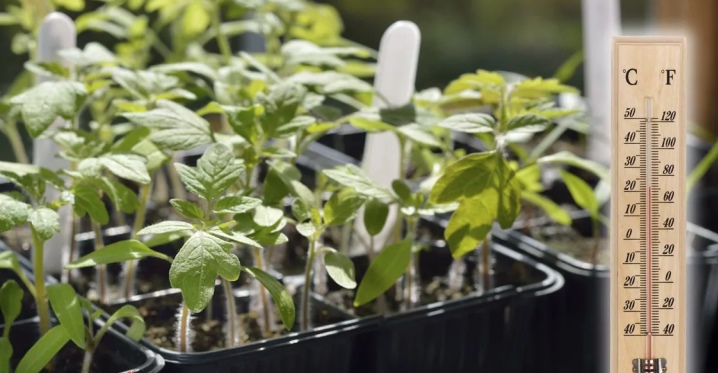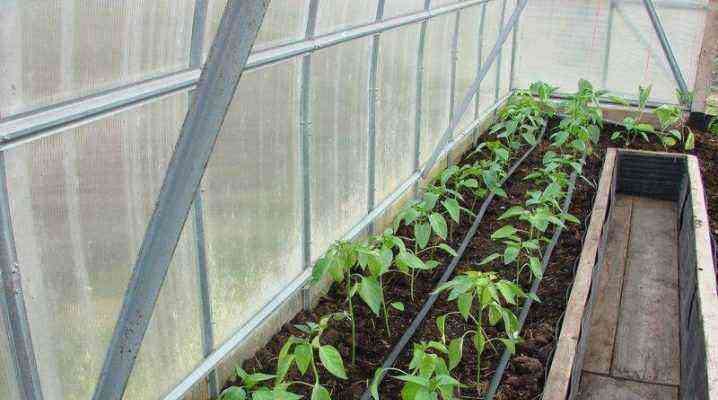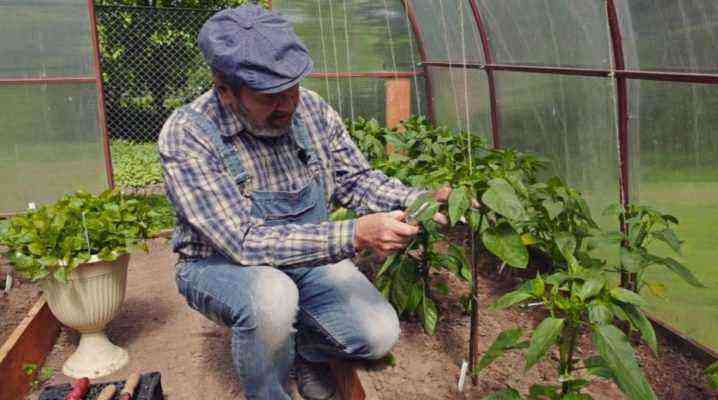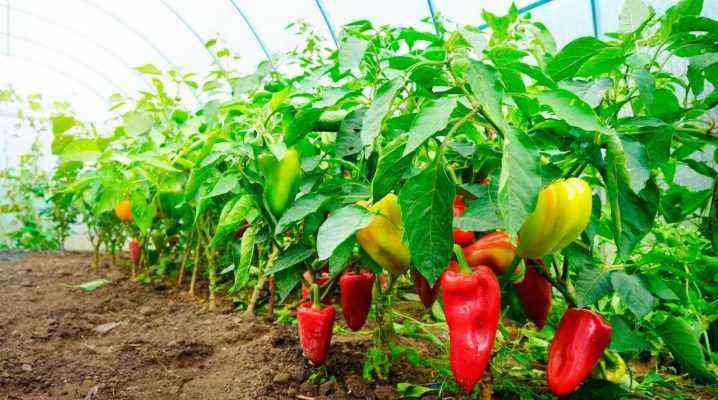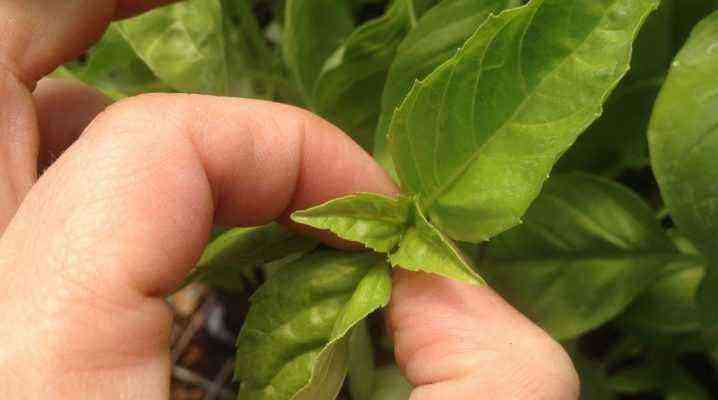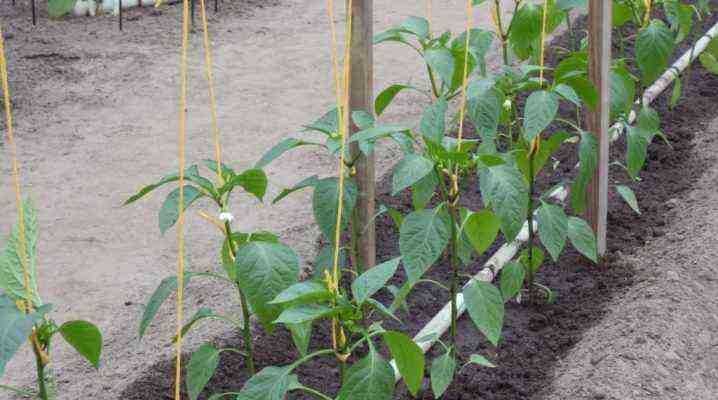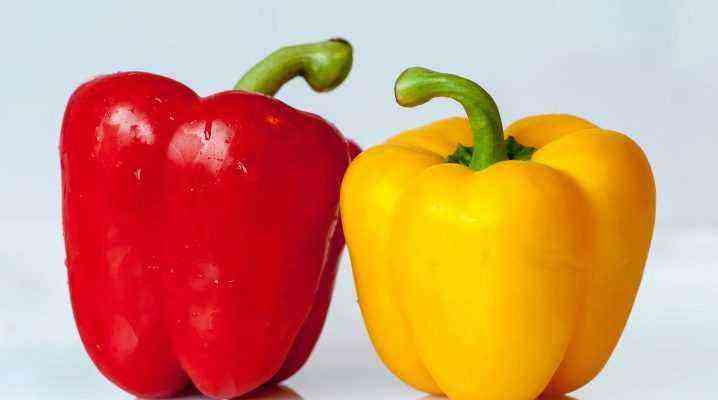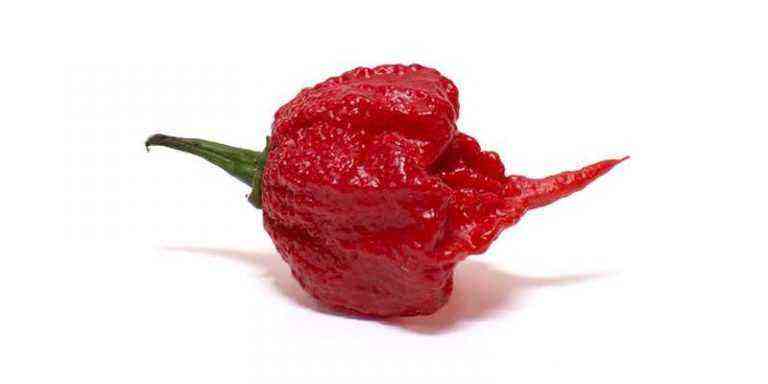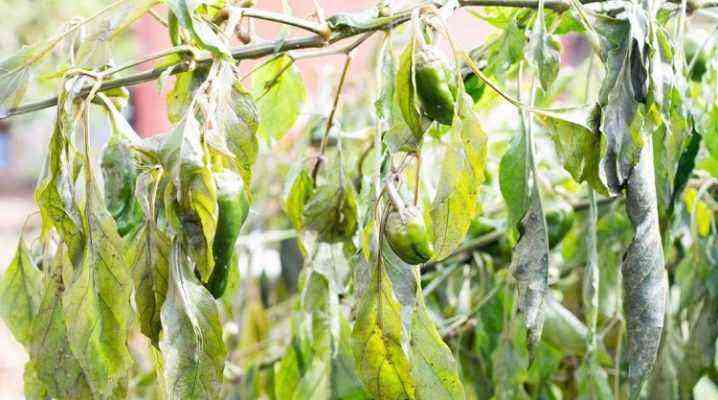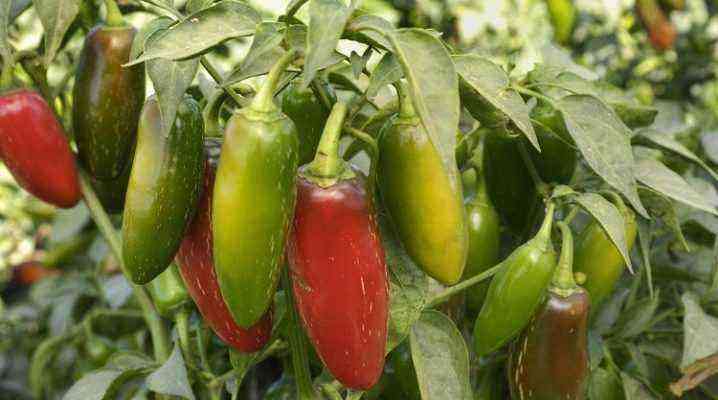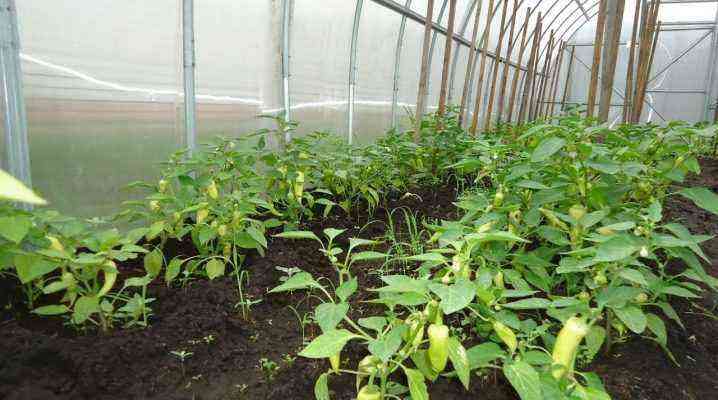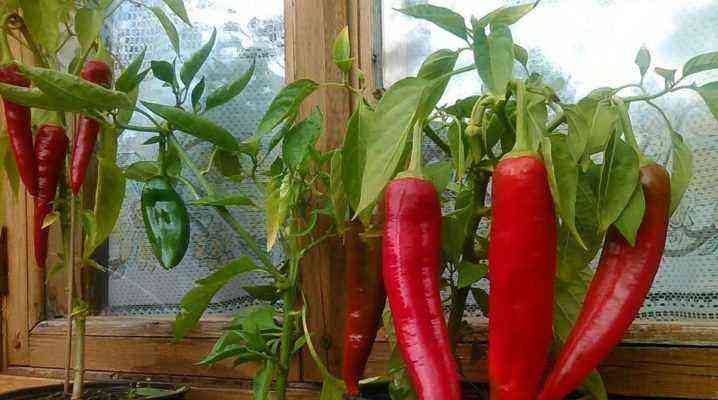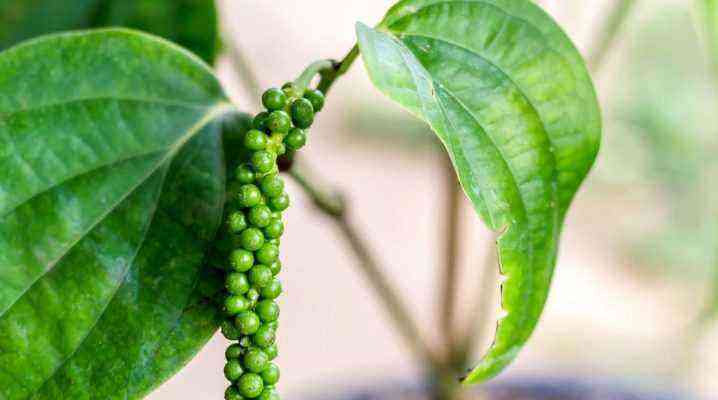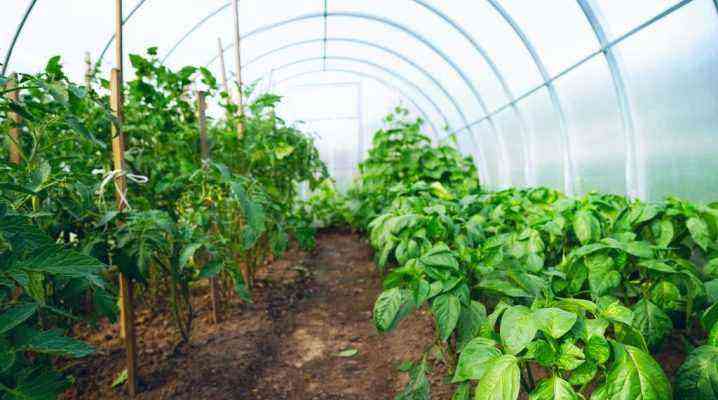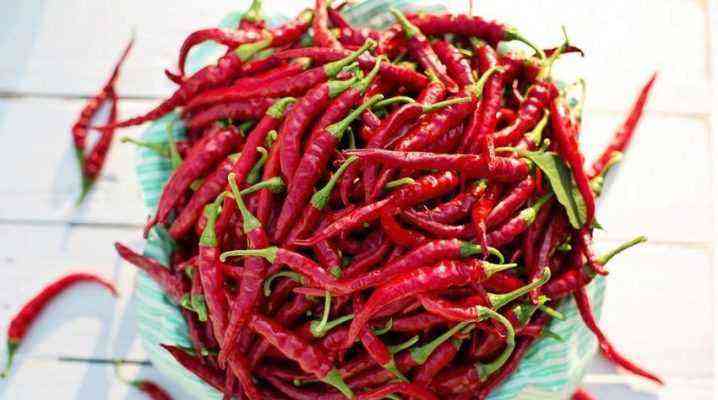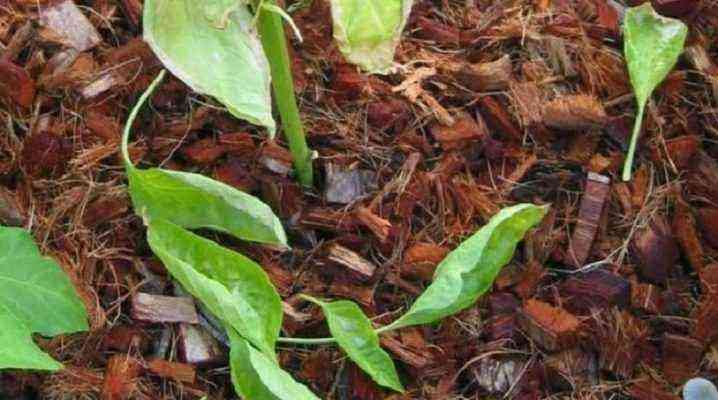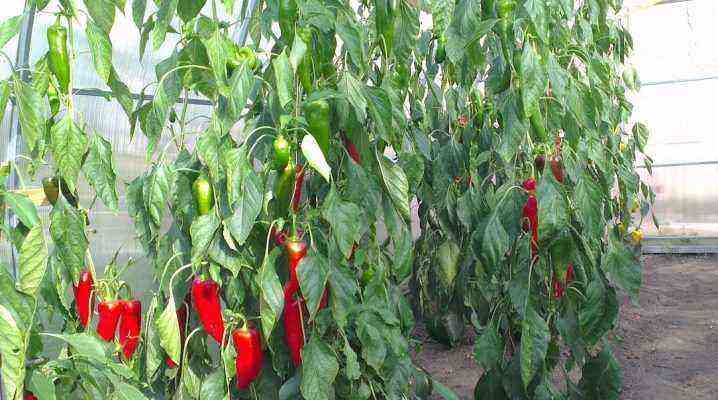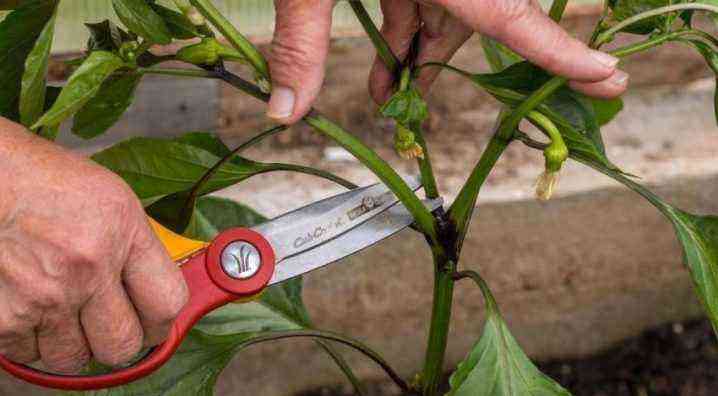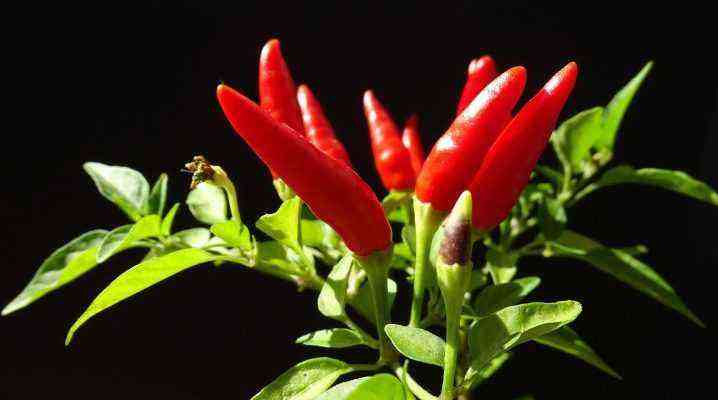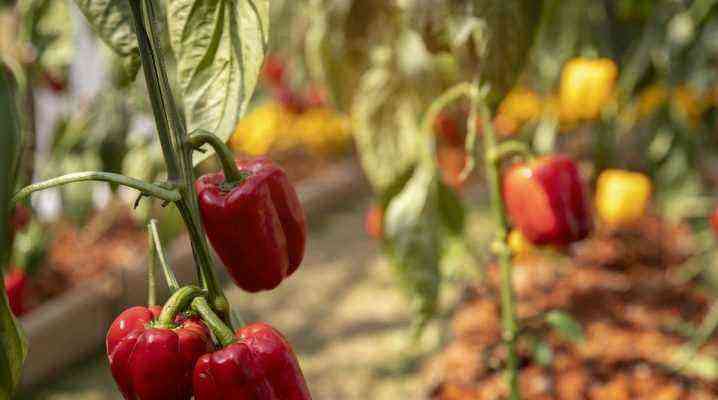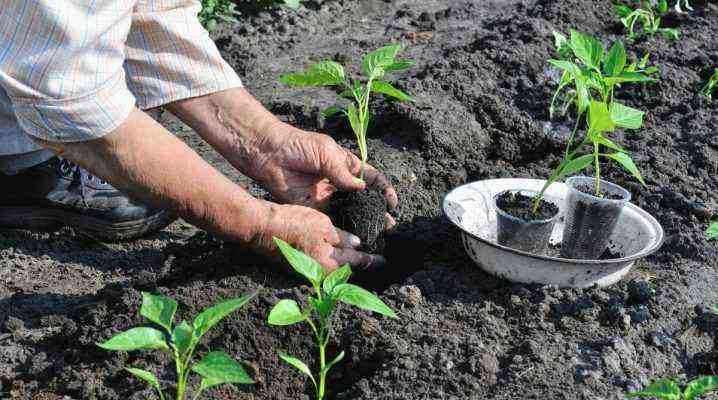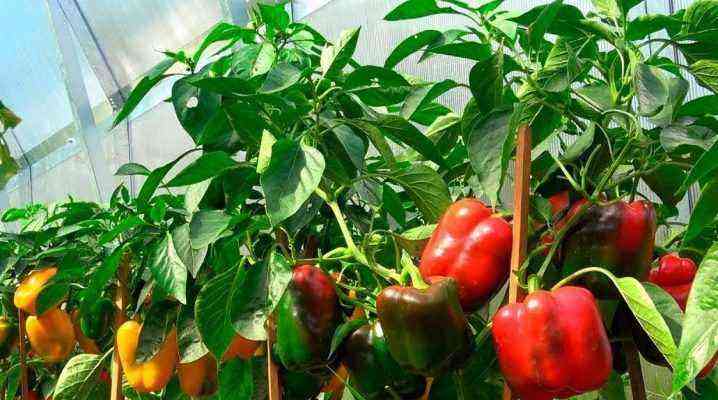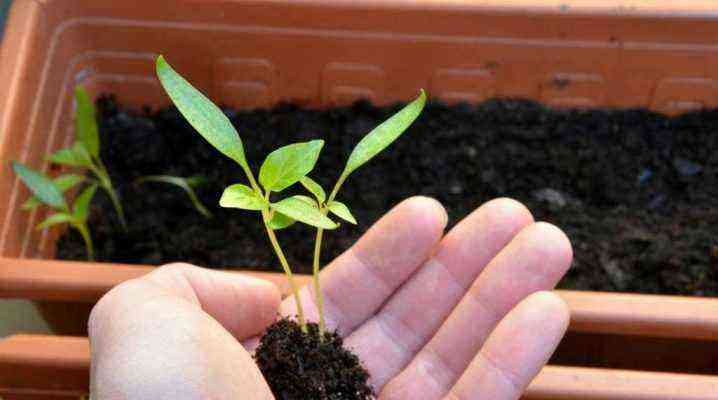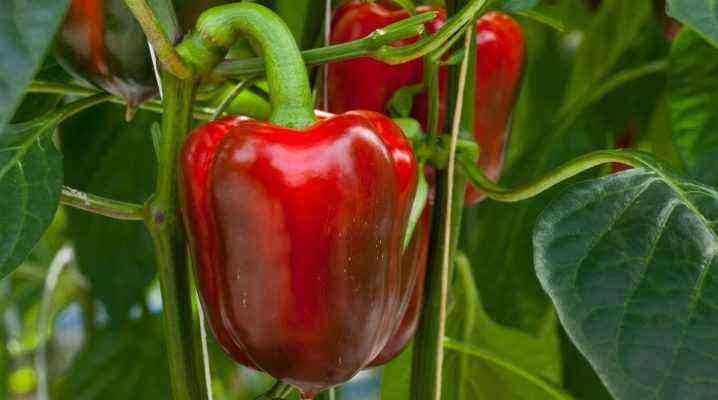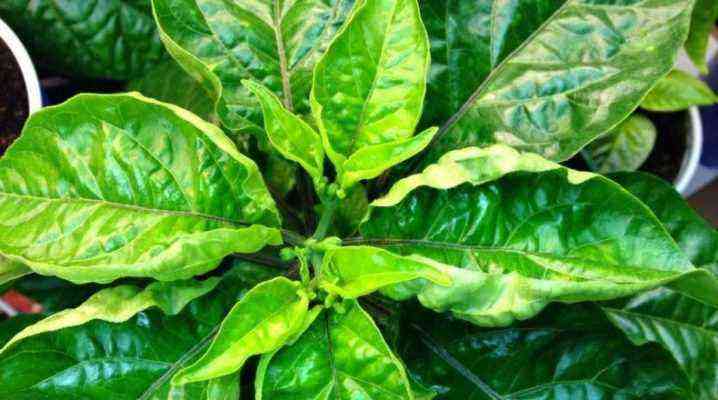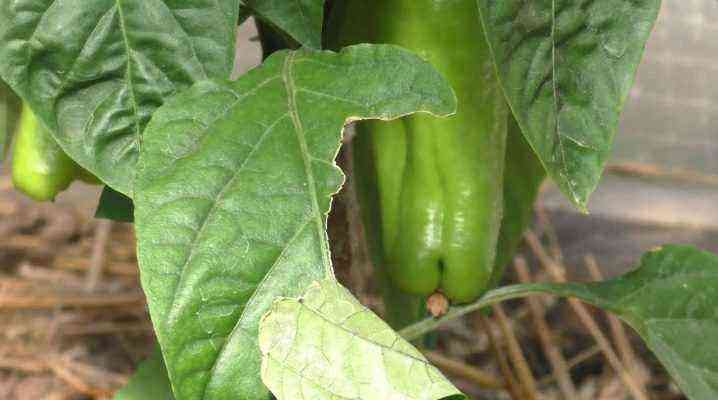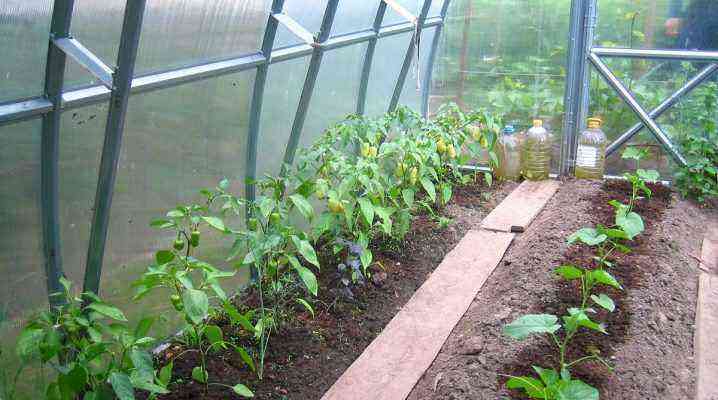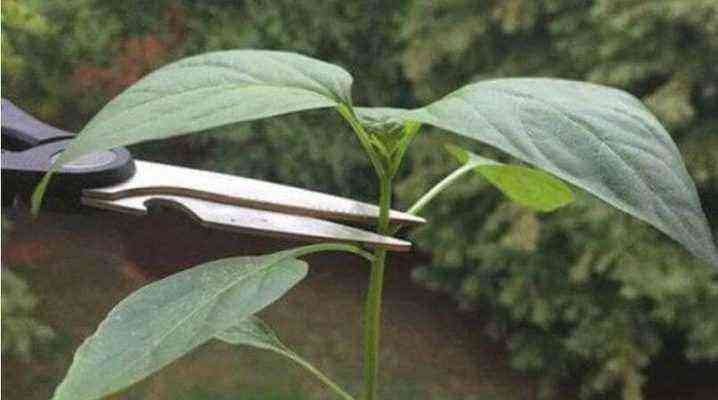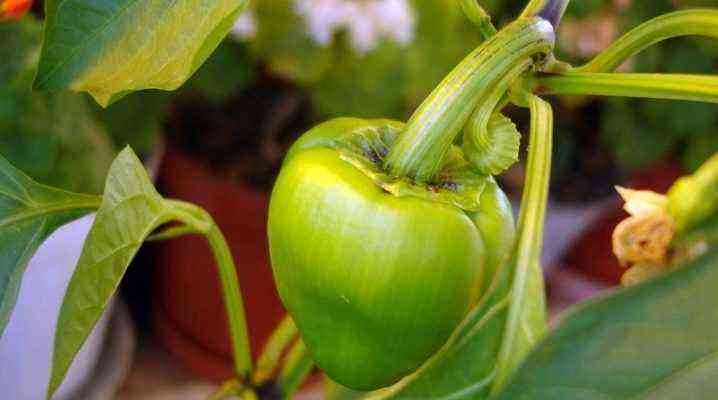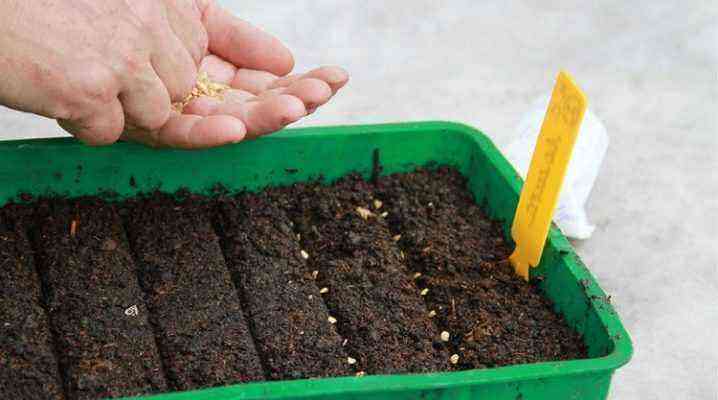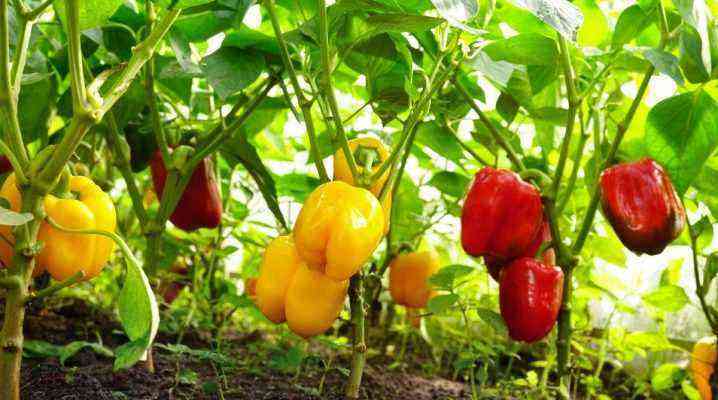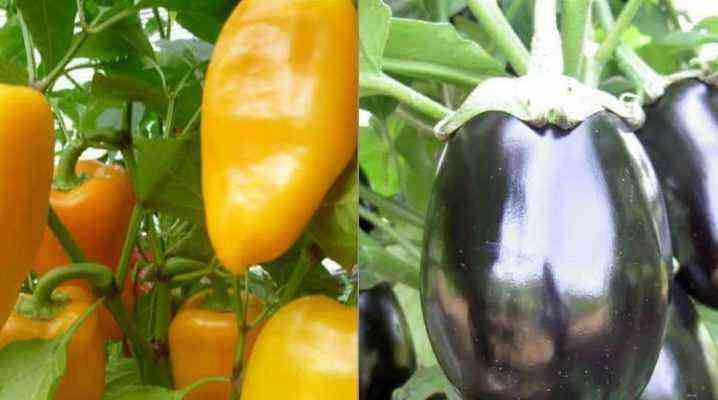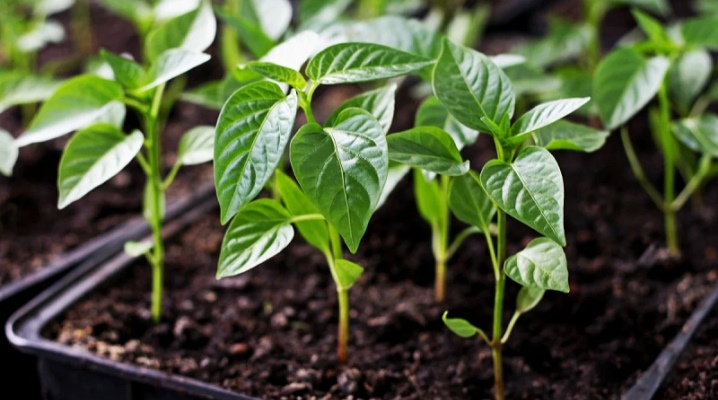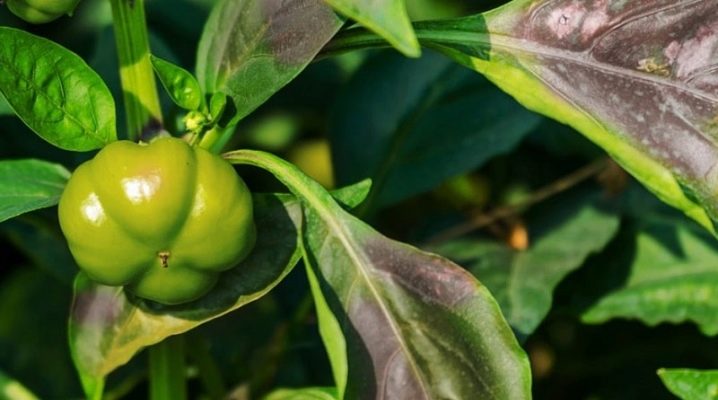
The change in the color of pepper leaves to purple occurs for many reasons – from improper care to an initially poorly chosen place. Fortunately, in most cases this situation can be corrected.
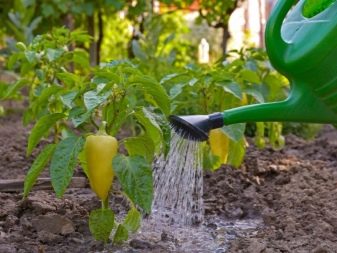
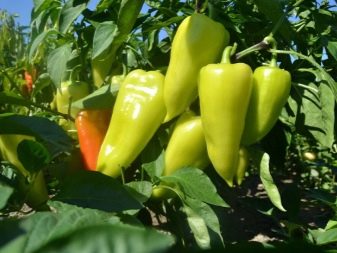
Bad conditions
Quite often, the cause of the appearance of purple leaves in sweet peppers is unfavorable conditions in which culture develops. For example, temperature fluctuations negatively affect the state of culture. A sudden and rather strong cold snap quickly provokes blue leaf blades. In the future, they curl up, dry out and die. And also the appearance of a purple hue is possible in the case of planting seedlings on the ground that has not yet warmed up. A plant with an underdeveloped root system, which has already endured a stressful procedure, freezes and becomes ill, as a result of which its leaves change color.
To prevent such cases, it is better to grow pepper in a greenhouse, where it is much easier to maintain the required microclimate. To maintain the temperature in the building, you will need to place thermometers, the readings of which will allow you to correct the situation in a timely manner. In order not to provoke sharp jumps in the level of humidity and temperature, the greenhouse will need to be regularly ventilated. It is best to open the doors in the early morning or late evening. The optimum temperature for indoor pepper is from +20 to +25 degrees. At night, the indicator may drop slightly, but not more than 3-5 degrees.
It should be mentioned that some gardeners artificially increase the temperature in an effort to stimulate plant growth, but this is strongly not recommended, since, on the contrary, it will harm the pepper. In addition to air temperature, ground temperature also has to be monitored. Its indicators should not go beyond 14-25 degrees Celsius, since a decrease will provoke phosphorus starvation, and hence the blue leaf blades. Temperature control inside the greenhouse is carried out in several ways.
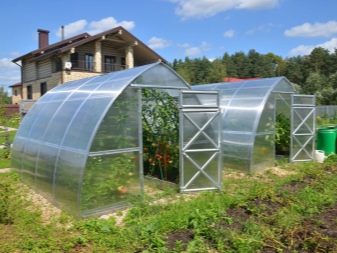

So, at night, pepper bushes can be covered with a double layer of film. It is important that about 5 centimeters remain between the additional and main canvas – this will create an air cushion that protects the planting from cold air. It is possible to install a larger additional shelter in the form of a greenhouse both outdoors and indoors. To do this, wooden or plastic arcs are first mounted above the plants, on which a film about 0,5 mm thick is then fixed. From time to time, the canvas will have to be removed so that the pepper is ventilated and so that it does not get too hot in the shelter.
Finally, it is possible to warm up the soil with the help of a mulch layer made of film or agrofibre. Such a shelter allows you to increase the temperature of the soil by 1-2 degrees. In general, with the coming cold snap, it will always be useful to organize additional protection for pepper from spunbond or polyethylene. The roots of the bushes in this case are mulched with sawdust.
A strange shade of bell pepper leaves can also occur in case of violation of crop rotation rules. For example, if the predecessors living in the garden actively consumed the same trace elements, and also suffered from diseases and pests characteristic of nightshade, then pepper bushes will definitely have problems. And also we must not forget that planting a crop in the same place for several years in a row leads to soil depletion. It is better to sow in those places where legumes, melons, greens or cereals previously lived.
Bushes can also turn blue when they fall on overdried or simply unsuitable land. You should always focus on the soil into which fertilizers, sand and ash were applied.


Wrong Care
Quite often, bell pepper leaves turn purple when watering is not done correctly. The culture reacts poorly to drought: its development first slows down, and then the bushes begin to wither. Dehydration prevents the plant from absorbing the necessary elements, causing it to turn blue. In the future, the leaves acquire a purple color, and streaks clearly appear on them. It is important, both on the open ground and in the greenhouse, to carry out sufficient irrigation on a regular basis, accompanying the procedure with loosening. The latter should be done in order to slow down the evaporation of moisture and prevent the soil from drying out, and also to facilitate the penetration of air to the root system. The amount of water should be sufficient, but not excessive, otherwise stagnation of water near the roots will provoke rotting.
In addition, the purple color of leaf blades on pepper is evidence that the culture lacks nutrients, mainly phosphorus. This element is very quickly absorbed by plants, especially if the bed is used on an ongoing basis. As soon as its concentration drops, landings also begin to suffer. The fact that pepper was found to have phosphorus starvation can be guessed not only from the foliage, but also from the fact that all parts of the plant slow down in development. The fruits grow small and ugly, they contain few seeds, and the shoots are clearly deformed. In addition, such a bush suffers greatly from immunity, and it begins to catch various kinds of diseases.

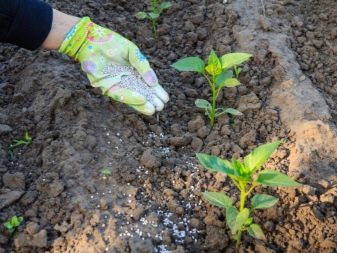
There are two ways to feed the culture with an important trace element. For foliar top dressing, it will be enough to pour 0,5% phosphorus into the sprinkler and use it to spray the sheets. In the case of the root, a mixture of boiling water and a glass of superphosphate is first prepared. After the solution has been infused for 11 hours, it is used to irrigate the soil so that each bush receives a liter of nutrient preparation. Moisture should be directed strictly under the root, without touching the bottom row of leaves. In addition, it is proposed to use bone meal, ammophos, ammonium hydrogen phosphate and even wood ash, which also contain phosphorus.
It should be mentioned that the composition and structure of the soil, in general, is extremely important for the cultivation of pepper. The soil must have the ability to pass water and air, be loose and porous, contain few salts, but many nutrients, and also have such a characteristic as heat supply.
The level of acidity is also significant: it should be low and not go beyond pH 5-7.

Anthocyanins
If the lack of phosphorus in a plant has not been eliminated in a timely manner, then it develops a disease called anthocyanosis. First of all, the leaf blades become bluish, and then the stems also acquire an unusual shade. In the next stage, you can find that the leaves have become curled up or towards the stem. Hairs appear on the stem, and it weakens. The roots become thinner and lose the ability to absorb nutrients. As a result, the entire pepper bush withers and then dies.
I must say that it makes sense to treat anthocyanosis only in the initial stages. So, the change in hue begins with the appearance of spots or streaks of blue at the lower levels. At this point, the plant should be urgently processed – for example, just spray 0,5% phosphorus. In principle, the treatment of bushes with Bordeaux liquid, 100 grams of which is diluted with 10 liters of water, can also help. The procedure should be carried out in the evening after watering the beds.
It should be remembered that anthocyanosis most often affects immature seedlings living in a greenhouse, whose immunity is not enough to deal with the problem on their own.
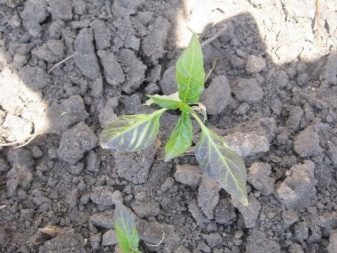
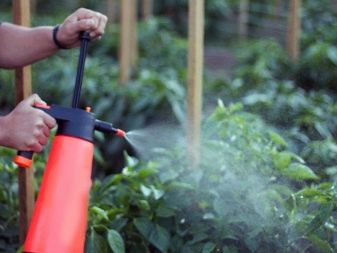
Preventive measures
In order to never face a shortage of phosphorus-containing fertilizers, the soil must be regularly fed with organic matter, and once every 1-2 years, left to rest under fallow. Planting pepper seedlings should be accompanied by the application of superphosphate to the wells in the same way as other fertilizers. It is important to follow the rules of crop rotation, and not plant a crop where other nightshade used to live. The plant should enter open beds only after the optimum temperatures have been established and the soil has warmed up. If possible, preference should still be given to the greenhouse.
When it gets colder, plants should be provided with additional protection in the form of plastic wrap and sawdust mulch. The pepper should receive a sufficient amount of water, especially immediately after planting the seedlings. Almost once a week, specimens growing in open beds can be fertilized with organic matter.
For plants occupying a place in the greenhouse, spraying with Bordeaux mixture or copper oxychloride will be useful.
